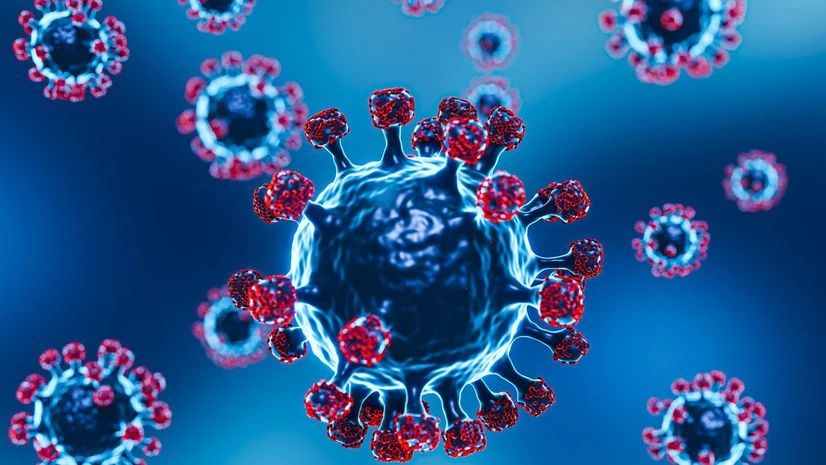The Union health ministry has written to states and Union Territories in response to an increase in Covid-19 cases in Kerala, requesting that they keep an eye on influenza-like illnesses, carry out adequate testing, and send all positive samples for whole genome sequencing.
Karnataka, Kerala's neighbouring state, has instructed senior citizens to wear masks. State health minister Dinesh Gundu Rao on Monday mentioned that an order to that effect would be issued soon.
This comes after a case of the new variant JN.1 was observed during routine surveillance in Kerala, the health ministry stated. This variant was likewise observed in the traveller's sample from Singapore to Tamil Nadu's Tiruchirapalli, as per the ministry.
Another 15 cases of the JN.1 variant were recognized in Goa samples, as per officials acquainted with the matter.
What is the JN.1 variant?
The sub-variant JN.1 is a descendant of the BA.2.86 variant, also known as Pirola, and isn't precisely new. The primary instances of this variant were identified in the US in September and the first case around the world was detected as soon as January this year.
Also Read
While JN.1 has just a single extra mutation on the spike protein as contrasted to Pirola, it has been on the watch-list of scientists in light of the fact that Pirola contains over 30 mutations on the spike protein. Changes on the spike protein of Sars-CoV-2 matter since they are the ones that join to receptors on a human cell and permit the infection to enter it.
Could it at any point prompt a surge, or more serious symptoms?
There is no proof to propose that JN.1 can cause more terrible symptoms or spread quicker than the variants currently available. At first, there were worries that the large number of mutations could imply that Pirola would avoid immune reaction all the more effectively and spread quickly but, hasn't occurred.
As a matter of fact, an evaluation by the WHO Technical Advisory Group on Coronavirus Vaccine Composition showed that Pirola and JN.1 were both neutralised by serum from people who had the contamination and vaccination.
Any current concerns?
There is most certainly a surge in the quantity of cases being brought about by Pirola and its close relative JN.1 worldwide. The United States, a few European nations, Singapore, and China have all reported cases.
A statement from WHO stated that Pirola and its descendants accounted for 17% of the Sars-CoV-2 sequences uploaded to the worldwide database Global Initiative Drive on Sharing All Influenza Data (GISAID). By the start of December, over half of these sequences were that of JN.1. In the US, JN.1 represented 15% to 29% of the circulating Coronavirus variants.
Singapore has recorded about 56,043 cases during the week of December 4 to 10. It likewise saw a surge in hospitalisations, for the most part among those over the age of 60.
Prevention measures from JN.1.?
Experts say that while new Sars-CoV-2 variants will continue to emerge, respiratory virus protections will remain the same. Specialists recommend masking up in crowded regions, particularly enclosed ones, in case that the quantity of cases is spreading locally.
The spread of the infection is slowed down by remaining in well-ventilated locations. Additionally, washing hands frequently prevents the disease.

)
